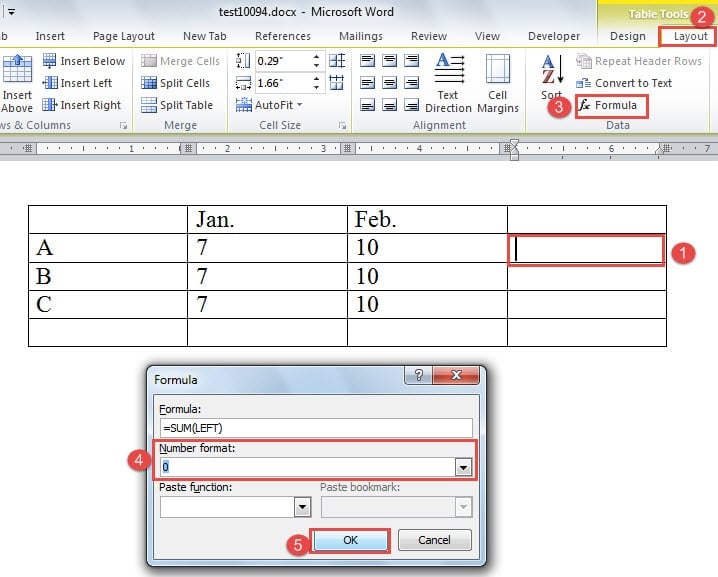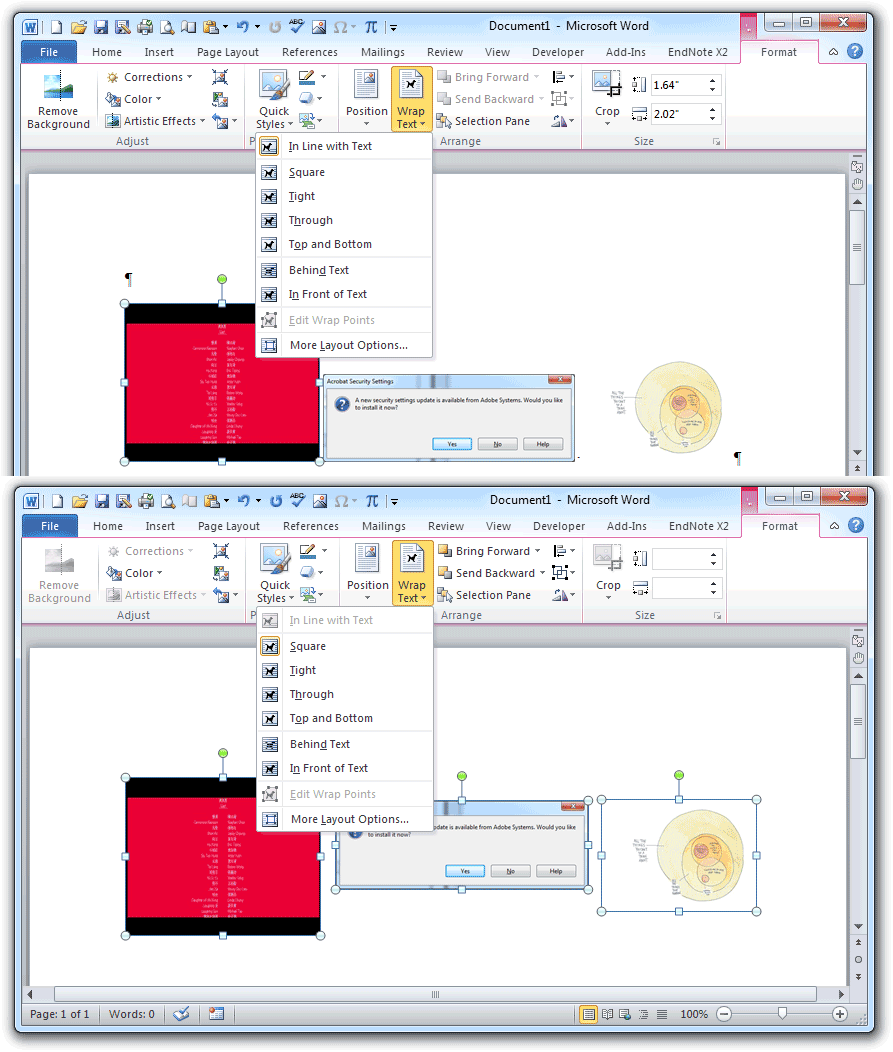

 If you want to change which headings appear in your table of contents, you can do so by changing the number in the Show levels: pulldown. you want more space between the items on level 1 and level 2 of your table of contents, or you want all your level 1 items to be bold), click on the Modify button, select the TOC level you want to change, then click the Modify button to do so. If you want to change the style of your table of contents (e.g. On the References Ribbon, in the Table of Contents Group, click on the arrow next to the Table of Contents icon, and select Custom Table of Contents. Place your cursor where you want your table of contents to be. If you have used Heading styles in your document, creating an automatic table of contents is easy. All subheadings should use Heading 3, and so on. All major headings within your chapters should be use the Heading 2 style. If you want an automatic table of contents you need apply the Heading 1 style to all of your chapter titles and front matter headings (e.g. Microsoft Word can scan your document and find everything in the Heading 1 style and put that on the first level of your table of contents, put any Heading 2’s on the second level of your table of contents, and so on. It is possible to convert all equations in a document to the Professional or Linear formats, or a single equation only, if the math zone is selected or the cursor is in the equation.An automatic Table of Contents uses Styles to keep track of page numbers and section titles for you automatically. The linear option will display the equation in either UnicodeMath format, or LaTeX format, which can be set in the Conversions chunk.
If you want to change which headings appear in your table of contents, you can do so by changing the number in the Show levels: pulldown. you want more space between the items on level 1 and level 2 of your table of contents, or you want all your level 1 items to be bold), click on the Modify button, select the TOC level you want to change, then click the Modify button to do so. If you want to change the style of your table of contents (e.g. On the References Ribbon, in the Table of Contents Group, click on the arrow next to the Table of Contents icon, and select Custom Table of Contents. Place your cursor where you want your table of contents to be. If you have used Heading styles in your document, creating an automatic table of contents is easy. All subheadings should use Heading 3, and so on. All major headings within your chapters should be use the Heading 2 style. If you want an automatic table of contents you need apply the Heading 1 style to all of your chapter titles and front matter headings (e.g. Microsoft Word can scan your document and find everything in the Heading 1 style and put that on the first level of your table of contents, put any Heading 2’s on the second level of your table of contents, and so on. It is possible to convert all equations in a document to the Professional or Linear formats, or a single equation only, if the math zone is selected or the cursor is in the equation.An automatic Table of Contents uses Styles to keep track of page numbers and section titles for you automatically. The linear option will display the equation in either UnicodeMath format, or LaTeX format, which can be set in the Conversions chunk. 
The Linear option displays the equation as source text, which can be used to make changes to the equation if needed. The Professional option displays the equation in a professional format optimized for display. Just choose a structure to insert it and then replace the placeholders, the small dotted-line boxes, with your own values. The Structures group provides structures you can insert. To see other sets of symbols, click the arrow in the upper right corner of the gallery. To see all the symbols, click the More button. In the Symbols group, you’ll find math related symbols. You can add or change the following elements to your equation. If so, see Change an equation that was written in a previous version of Word.Ĭhoose Design to see tools for adding various elements to your equation. Note: If you don’t see the Equation Tools, the equation may have been created in an older version of Word.







 0 kommentar(er)
0 kommentar(er)
